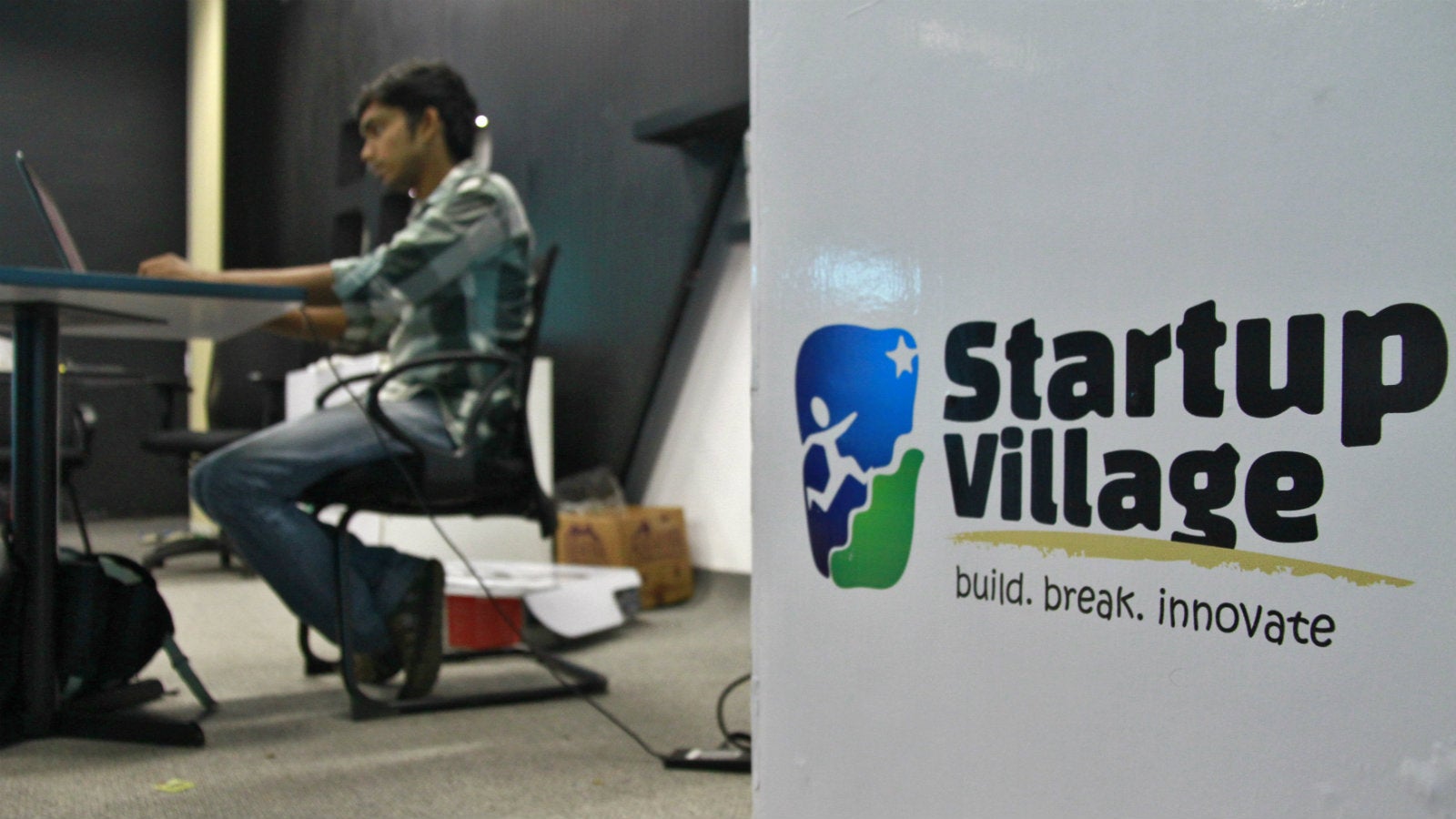Indian startups lack the scale and depth to make another Silicon Valley
As I write this article, I am on my way back to the US after a productive trip to India. During this visit, I had a chance to meet with and learn about some of the entrepreneurs shaping India’s startup ecosystem.


As I write this article, I am on my way back to the US after a productive trip to India. During this visit, I had a chance to meet with and learn about some of the entrepreneurs shaping India’s startup ecosystem.
As I compare our entrepreneurial ecosystem with others, I am reminded of the three pillars that characterize thriving startup ecosystems: breadth, scale, and depth. By breadth, I mean how many sectors of the economy does the ecosystem span. By depth, I mean how many players in each sector. And by scale, I mean how large are the companies in each sub-sector. Thriving startup ecosystems like Silicon Valley are characterized by amazing breadth, depth, and scale.
How does India stack up?
E-commerce, cab aggregators, and food delivery startups hog the limelight, perhaps leading casual observers to question the breadth of India’s startup ecosystem. But the most striking observation from my visit relates to the big breadth of sectors covered by India’s startups. Their range includes biotech companies like Mitra Biotech, software as a service (SaaS) startups like Freshdesk and Postman, medical devices companies like Forus Health, digital media companies like The Viral Fever, fintech companies like Zerodha, and many more. Whatever your sector of interest, you will likely find activity in that space.
But what the ecosystem offers in terms of breadth, it takes away in terms of scale.
Even some of the larger and more prominent companies in many sectors have barely reached around $10 million (Rs67 crore) in annual revenues after spending much more. Enterprise SaaS companies struggle to sell to Indian corporations making the domestic market virtually non-existent. Selling globally from India isn’t easy either. Similarly, in biotech, the domestic market has been a hard nut to crack. Most biotech startups are yet to achieve reasonable scale despite raising tens of millions of venture dollars. In consumer markets, there is scale in terms of number of potential users but the average revenue per user is low. Scalability remains the biggest missing piece of the Indian startup puzzle.
Moving on to depth, you can count on the fingers of one hand the number of startups in each sector. The lack of depth is partly due to the lack of scale. It is hard for a market to support lots of players unless there is scale. In addition, one doesn’t see enough specialists across multiple sub-sectors in India. If you just looked at advertising technology (ad-tech) in the US, you could break that market down into multiple large sub-sectors including ad exchanges, ad servers, demand-side platforms, supply-side platforms, etc. Other sectors are no different. The market will have to mature considerably for such specialists to emerge in India.
So what can an entrepreneur do to address these scale and depth issues?
These problems are structural and innovations are needed to address the lack of widespread broadband availability and the inadequate access to digital payment platforms, for instance. The government and large corporations will have a major role to play in this. The success of services such as Reliance Jio, which seeks to roll out a pan-India 4G network, and the unified payments interface will be crucial. The tailwinds are certainly in India’s favor given the many initiatives launched in the past 12 months.
The next few years will tell us whether India can list itself alongside US and China as a startup nation.
This article has been produced in line with the programme topics of the India Economic Summit on 6-7 October 2016 in New Delhi under the theme “Fostering an Inclusive India through Digital Transformation.” For more information about the meeting visit http://wef.ch/ies16.